In this step-by-step, highly-detailed guide, learning consultant Ruth Colvin Clark and psychologist Richard E. Mayer teach evidence-based best practices and principles of e-learning design. Some of their points are obvious, such as instructions to combine words with images. However, they also debunk some commonly held learning myths – such as combining words, images and audio – that may impede learning. Clark and Mayer anchor their suggestions in data and include helpful scenarios to guide you.
A blend of digital and in-person instruction proves the most effective approach to workplace learning.
The cost, efficiency and social dimensions of various learning mediums may vary widely – but it’s the differences in instruction and design that determine the quality of learning. E-learning has steadily increased over the years and now accounts for about 40% of instruction. The effectiveness of computer-based training and e-learning depends on worthy design that follows core learning principles grounded in high-quality research.
A blend of media – digital, in-person and readings – proves the most effective approach to workplace learning.
Successful e-learning design balances pace and complexity and considers how human memory works.
The advantages of e-learning make digital learning an increasingly popular option for firms, instructors and learners. E-learning can be tailored to individual needs to increase learner interaction, control and engagement; it may be embedded in a variety of media from sound and video to text and graphics; and it can take the...
Learning consultant, speaker and instructor Ruth Colvin Clark is past president of the International Society for Performance Improvement. Psychology professor Richard E. Mayer earned prestigious awards in educational psychology, including recognition as the world’s most productive researcher in his field.









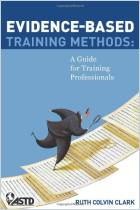
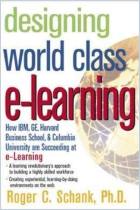
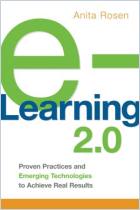
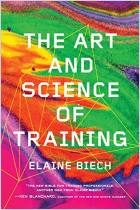
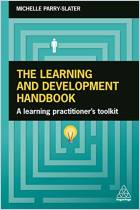
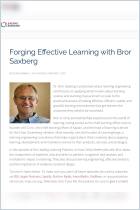
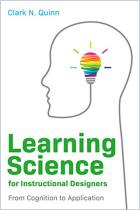




Comment on this summary or Démarrer une discussion